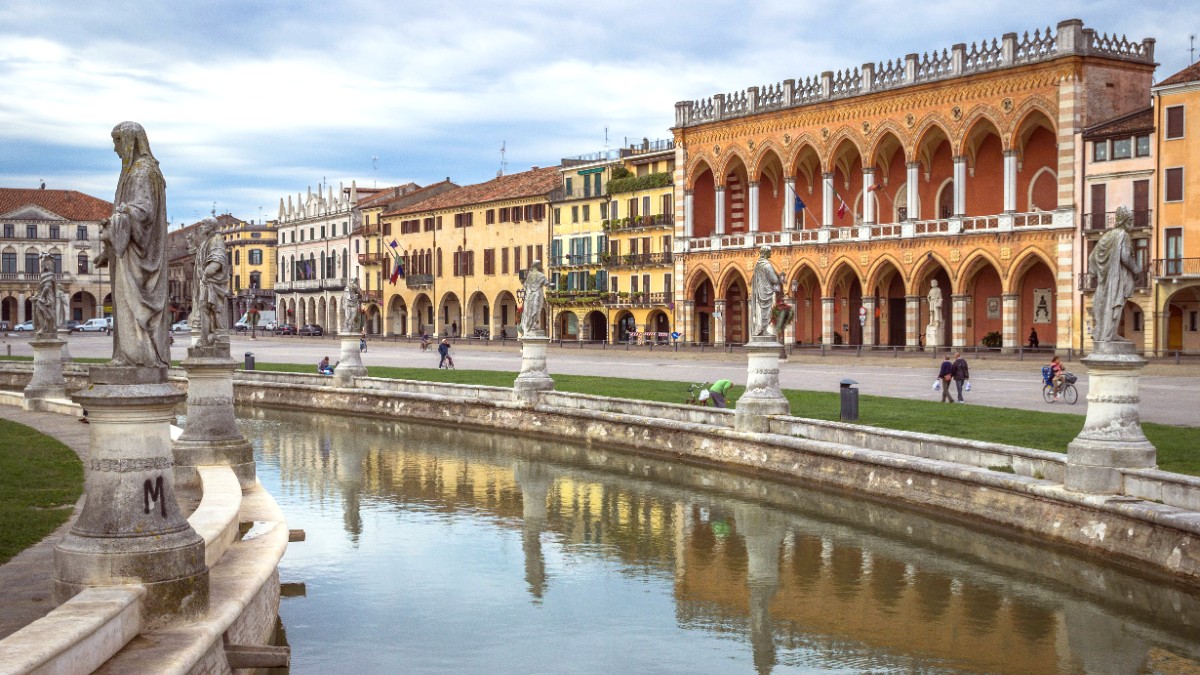
The Veneto, Italy
Major mobile providers in Italy include TIM, Vodafone, WindTre, and Iliad. Tourist SIM cards or prepaid plans present good value for data, calls, and texts. Obtain them at official provider stores located in airports or in Padua. Your passport is needed for registration.
Italian is the official language. English is spoken to varying degrees in tourist areas and by younger generations. Universal English fluency is not widespread.
Learning even a few basic Italian phrases contributes significantly and shows respect for the local culture.
Navigate daily interactions with these simple phrases.
Reliable communication makes any journey smoother. Explore options that fit your needs before you arrive.
Plan your day around typical operating hours to maximize your experience.
Generally 9:00 AM/10:00 AM to 1:00 PM, then 3:30 PM/4:00 PM to 7:30 PM/8:00 PM. Many close for lunch.
Lunch 12:30 PM to 2:30 PM. Dinner 7:30 PM onwards. Kitchens close between these times.
Open from early morning (e.g., 6:30 AM) for breakfast coffee until late evening, serving aperitivo and drinks.
Museums typically open from 9:00 AM/10:00 AM to 5:00 PM/6:00 PM. Most museums close on Mondays.
Banks generally open Monday to Friday. ATMs are widely available for cash withdrawals.
On public holidays, many businesses, banks, and some attractions might be closed or have reduced hours. Public transport may also run on a reduced schedule.
Embracing local customs enriches your travel experience.
'Ciao' is common for informal greetings. Use 'Buongiorno' (good day) or 'Buonasera' (good evening) for more formal interactions, especially when entering shops, restaurants, or addressing strangers.
When visiting churches or religious sites, dress modestly: shoulders and knees must be covered. Generally, Italians dress well; smart casual attire is proper for most situations.
Always ask permission before photographing individuals, especially children. Tipping beyond the "coperto" or "servizio" is not obligatory but appreciated for excellent service.
Tipping beyond the "coperto" or "servizio" (if charged) is not obligatory but appreciated for excellent service (5-10%).
Showing respect for local customs and religious practices enriches your visit and creates positive interactions.
Padua strives for accessibility, though its historic nature presents some challenges.
Padua's city center is relatively flat, which can make movement easier than some other Italian cities built on hills. However, historic areas sometimes include cobblestone streets.
Many major museums and modern public buildings have ramps or elevators for access. Older historical sites, however, may have limitations due to their structure.
Researching individual sites before your visit is highly recommended to plan routes that avoid steep inclines or extensive uneven surfaces.